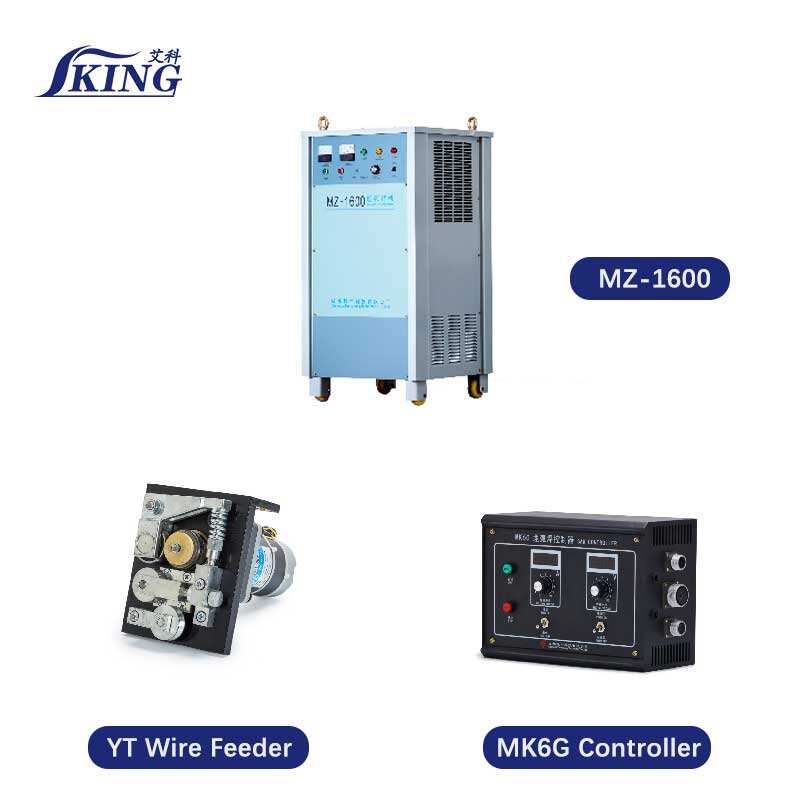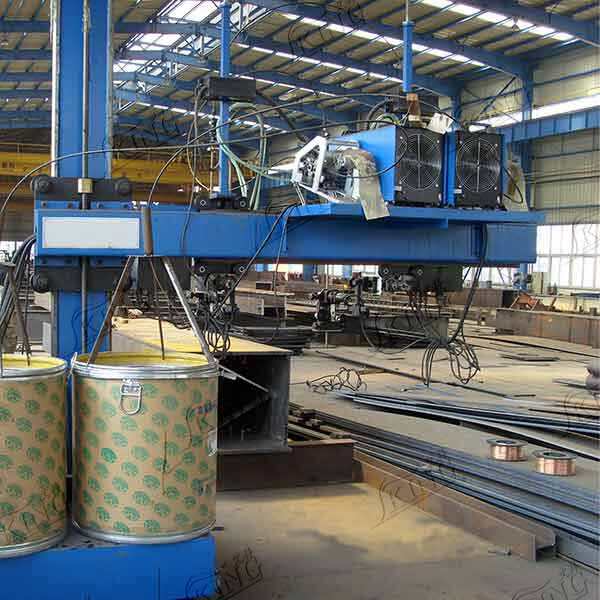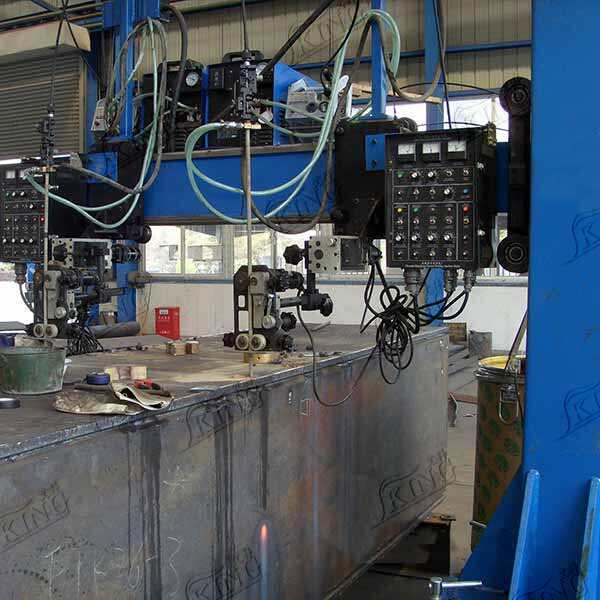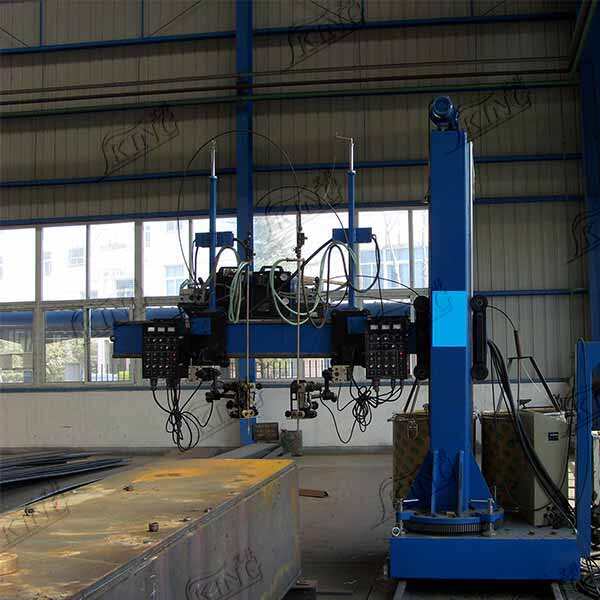electroslag welding advantages
Electroslag welding represents a highly efficient and advanced welding process that excels in joining thick metal sections in a single pass. This sophisticated welding technique utilizes electrical resistance heating and molten slag to create high-quality, deep-penetration welds. The process begins with a molten slag bath that conducts electricity between the electrodes and the workpiece, generating the heat necessary for welding. As the molten metal fills the joint cavity, it solidifies to form a strong, uniform weld. The method is particularly valuable in heavy industry applications, offering exceptional results for materials ranging from 1 to 12 inches in thickness. The process stands out for its ability to maintain consistent weld quality throughout the entire joint depth, while significantly reducing the time and labor typically required for conventional welding methods. The technology incorporates automatic mechanisms that ensure precise control over welding parameters, resulting in superior metallurgical properties and minimal distortion in the final product.









